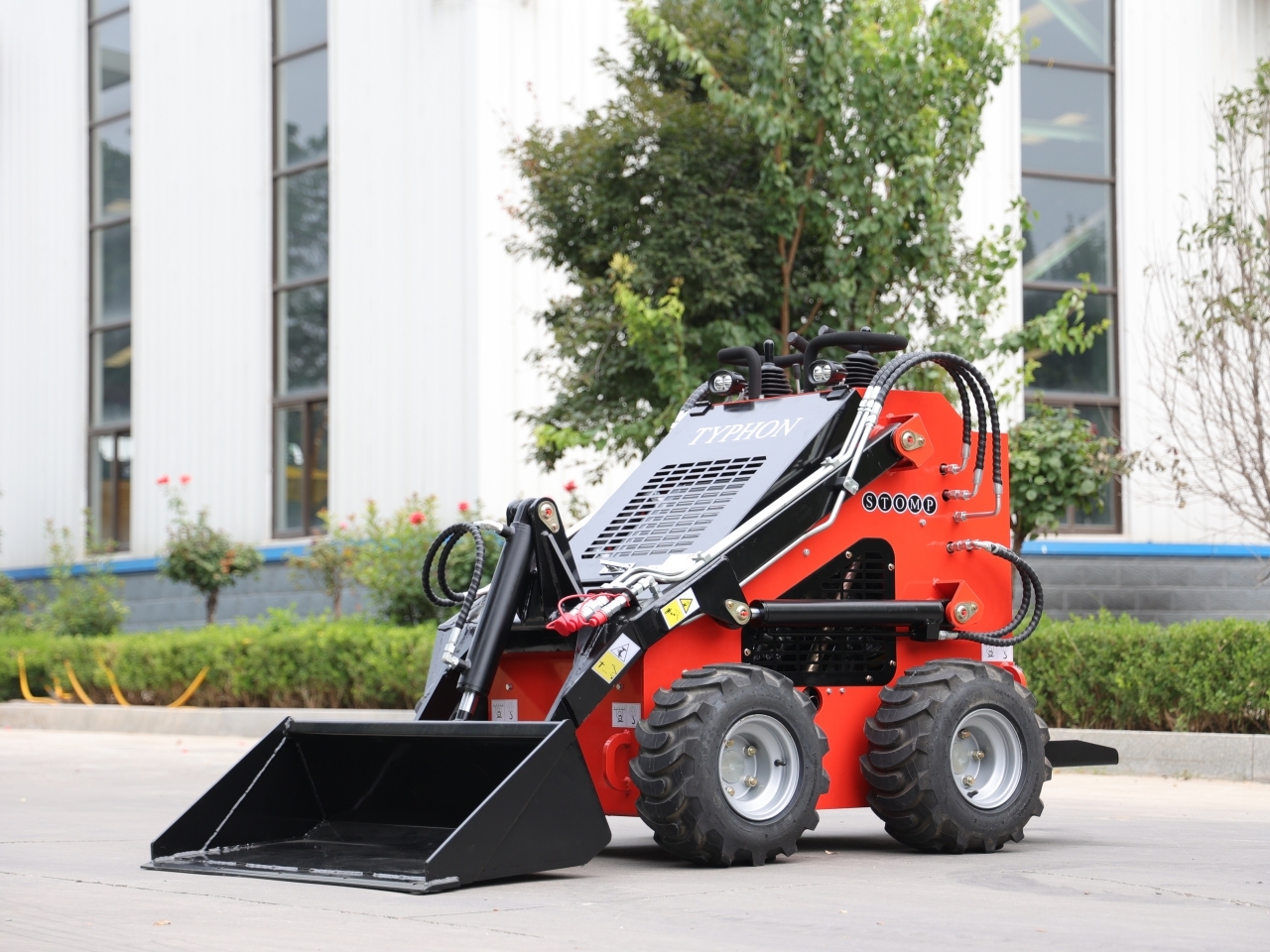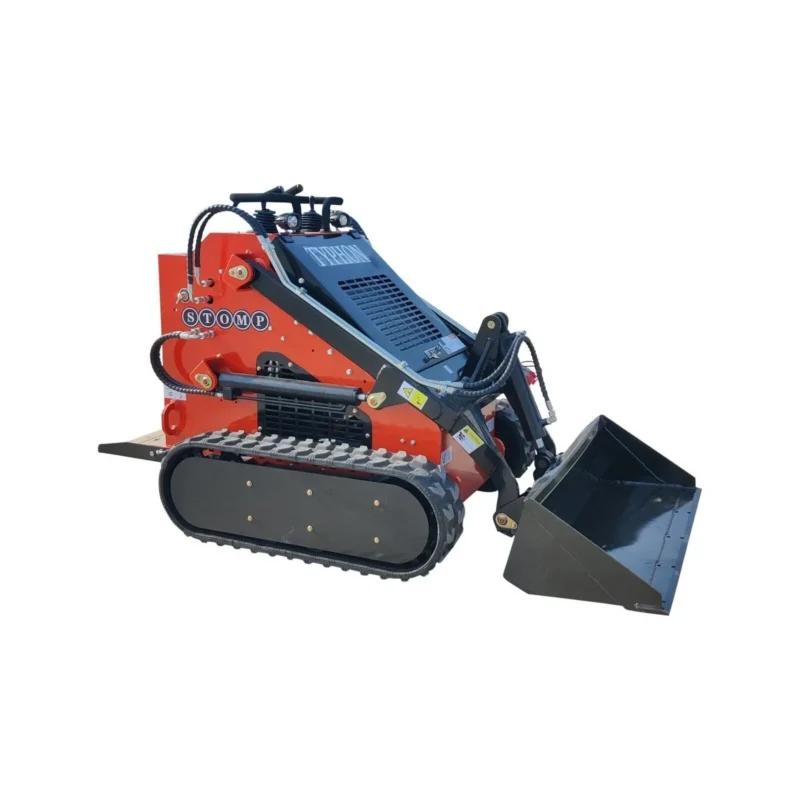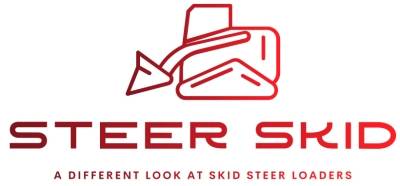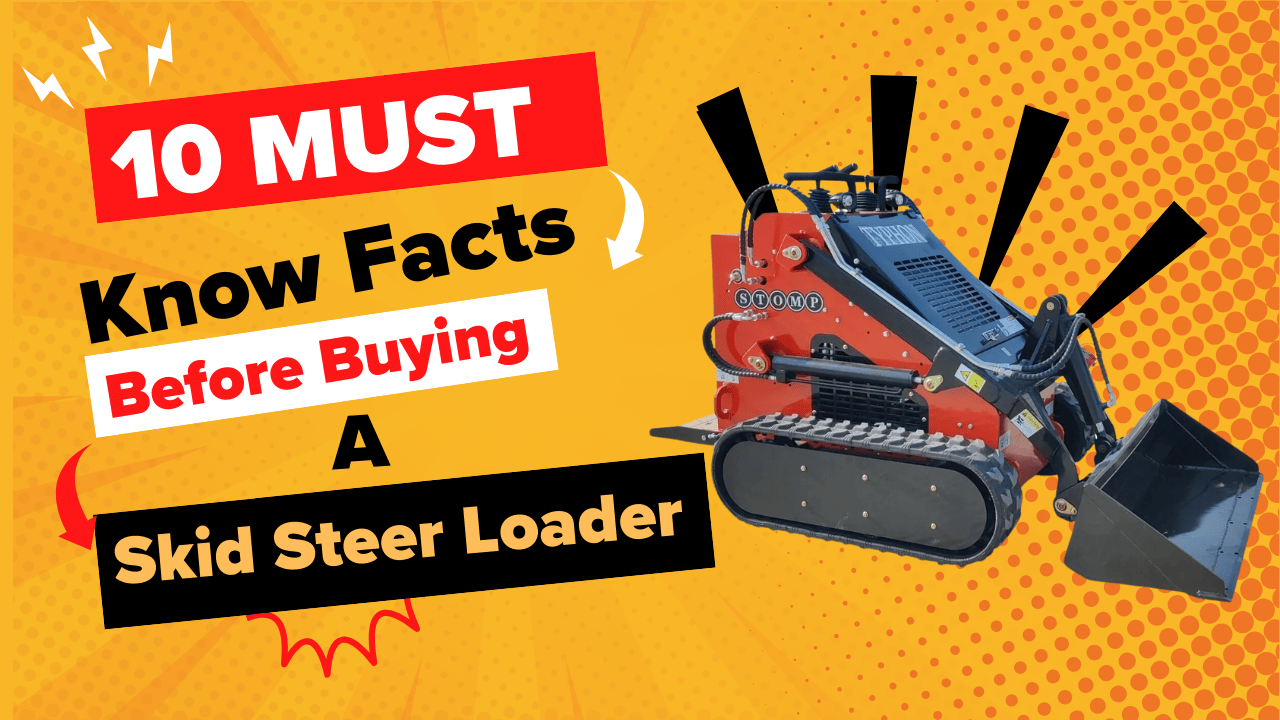
A skid steer loader is among the most adaptable and helpful tools among the ones used in building, landscaping, and farming. Many companies have to have it since it helps handle many attachments. But choosing the right skid steer loader requires great thought. Whether you are a first-time buyer or updating present machinery, knowing these ten important facts will help you to make a smart purchase, enhancing output, efficiency, and long-term value.
1. Understand Your Needs
Think about the jobs you will need a skid steer loader for before you buy one. Using it, are your construction, landscaping, farming, or snow removal? Many models have unique qualities designed for specific applications. Knowing your work requirements helps you select a machine with the right power, attachments, and lifetime. Skid steers are rather adaptable; hence, choosing the wrong one could result in inefficiencies and long-term extra costs.
2. Size Matters
Skid steer loaders range in size from small to midsize to large. While a larger skid steer has more power and lifting capacity and is better suited for heavy-duty applications, a smaller skid steer is ideal for constrained sites like urban development projects or small farms. Consider your task site environment and maneuverability requirements in choosing the right size. One machine that is too small could lack the power needed for demanding operations; one that is too large could be difficult to run in constrained spaces.
3. Engine capacity and performance.
The engine power of a skid steer loader affects its efficiency. Higher horsepower models are ideal for heavy building, excavation, and bulk material handling since they give greater lifting and pushing muscle. On lesser jobs like gardening and material transportation, however, lower horsepower models are great since they require less petroleum. Evaluating engine power ensures that your equipment runs as needed without using too much gasoline or producing excessive wear and tear.
4. Lifting Capacity and Reach
Every skid steer loader shows a certain lifting capacity and reach. Consider the weight of the goods you will be lifting together with the height you have to reach. Higher lift capacity machines are ideal for building projects involving heavy weights; smaller capacities may be acceptable for light-duty or agricultural work. Additionally, check the maximum reach of the loader to ensure it meets your needs for dropping products into trucks or moving items at heights.
5. Choose either radial or vertical lift.
Skid steers allow two types of lift paths:
A long reach at lower heights makes radial lift ideal for grading, excavation, and mid-range height tasks.
Perfect for lifting big objects to high places—like loading trucks or stacking goods—vertical lift provides a continuous, powerful lift at maximum height.
Depending on your job requirements, choosing the right lift type provides economy and effectiveness. Understanding these differences will help you to completely use the capabilities of your machine.

6. Attachments and Versatility
A skid steer loader provides a major advantage by combining multiple attachments—such as buckets, forks, augers, trenchers, and grapples. See whether your selected skid steer fits the attachments you intend to use before making a purchase. A flexible machine may manage several chores, therefore lowering the demand for further tools and boosting productivity. When moving between several tools, investing in a skid steer with quick-attach capability might save time.
7. Tracks or Tires?
Skid steers can be wheeled or tracked. Better speed and fuel economy make wheeled skid steers ideal on tough surfaces like asphalt and concrete. Better for soft, muddy, or uneven ground, tracked skid steers give more traction and stability in demanding conditions.
Your working situation will determine which of the tracks and tires you use. A tracked skid steer is a better investment for performance and longevity if you regularly work on difficult or slippery terrain.
8. Controls and comfort.
Long-running hours depend on operator comfort. Search for a machine with a pleasing view, ergonomic controls, and a covered cab. Modern skid steers improve maneuverability and precision by including sophisticated hydraulic systems and joystick controls. Adjustable seating, noise-canceling technologies, and air-conditioned cabs all greatly enhance the operator experience, thereby improving productivity and lowering fatigue over longer work hours.
9. Durability and maintenance
Maintaining effective running performance of your skid steer depends on regular maintenance. See how easily important maintenance points such as filters, fluids, and the engine compartment are reachable before you buy. Over time, a robust warranty on a sturdy machine will help you save repair costs. Investing in a skid steer from a reputed company with easily replaceable parts and robust customer service guarantees low downtime and dependable performance.
10. Financing and Budget Choices
The brand, size, and features of a skid steer loader will affect its pricing point. Think over your budget and, if necessary, investigate financing choices. Although less expensive models could appeal, long-term value depends on investing in a premium, robust machine with the correct features. Leasing and financing choices let companies get the correct tools without paying large upfront expenses. Before deciding, consider the whole cost of ownership—fuel, maintenance, and possible resale value, among other things.
Make a Smart Buy
A skid steer loader is a large investment; hence, selecting the correct one calls for study and preparation. These ten key elements will help you to make sure your equipment satisfies your working requirements, gives durability, and delivers great value for money. Investing time to evaluate several models, study user comments, and speak with professionals in the field can enable you to make a wise buy.
If you’re ready to buy a skid steer loader, give your particular job requirements top priority, assess long-term expenses, and select a machine that fits your operating objectives. Long-term profitability, lower downtime, and higher production will all follow from a wise choice.
“>

